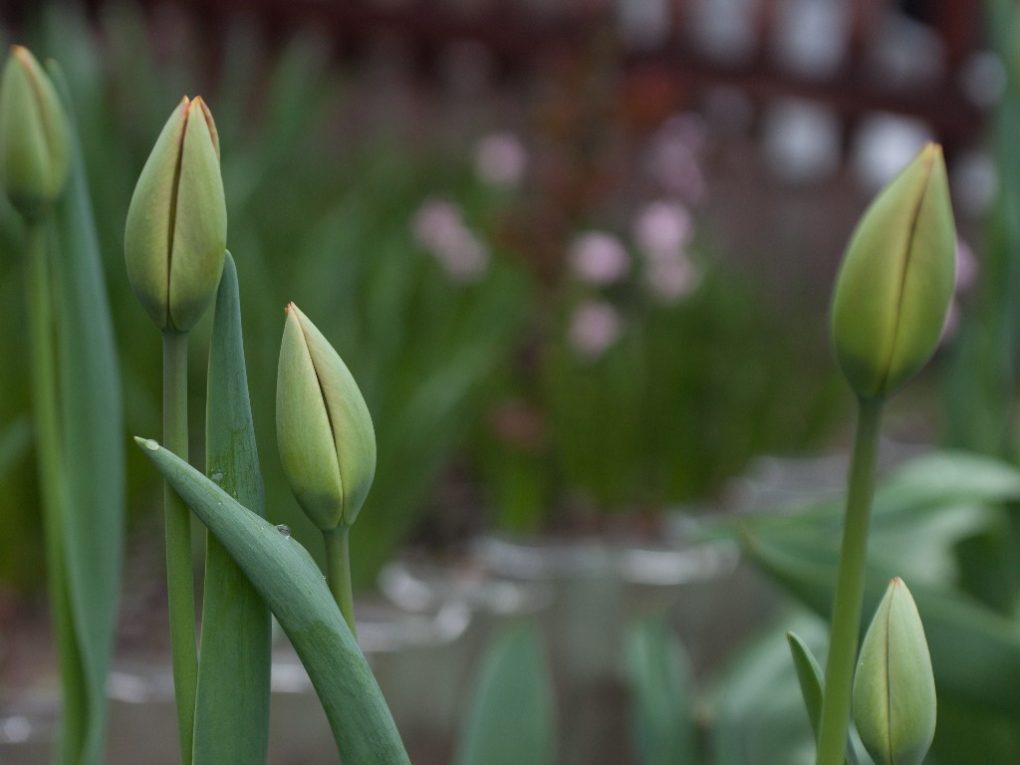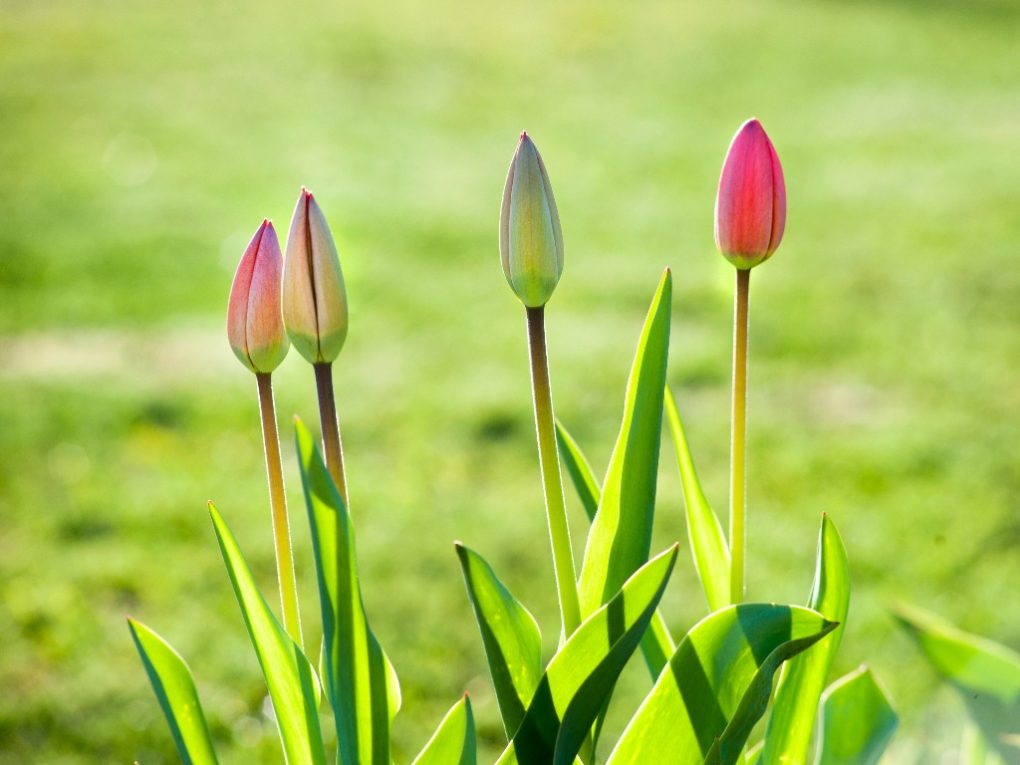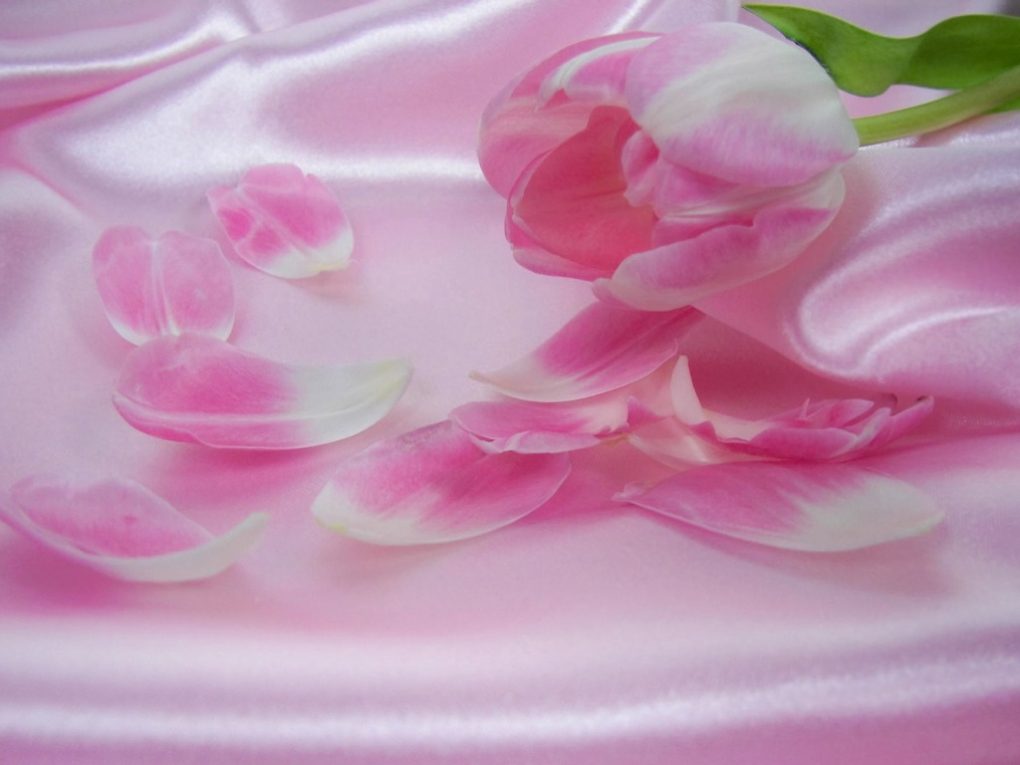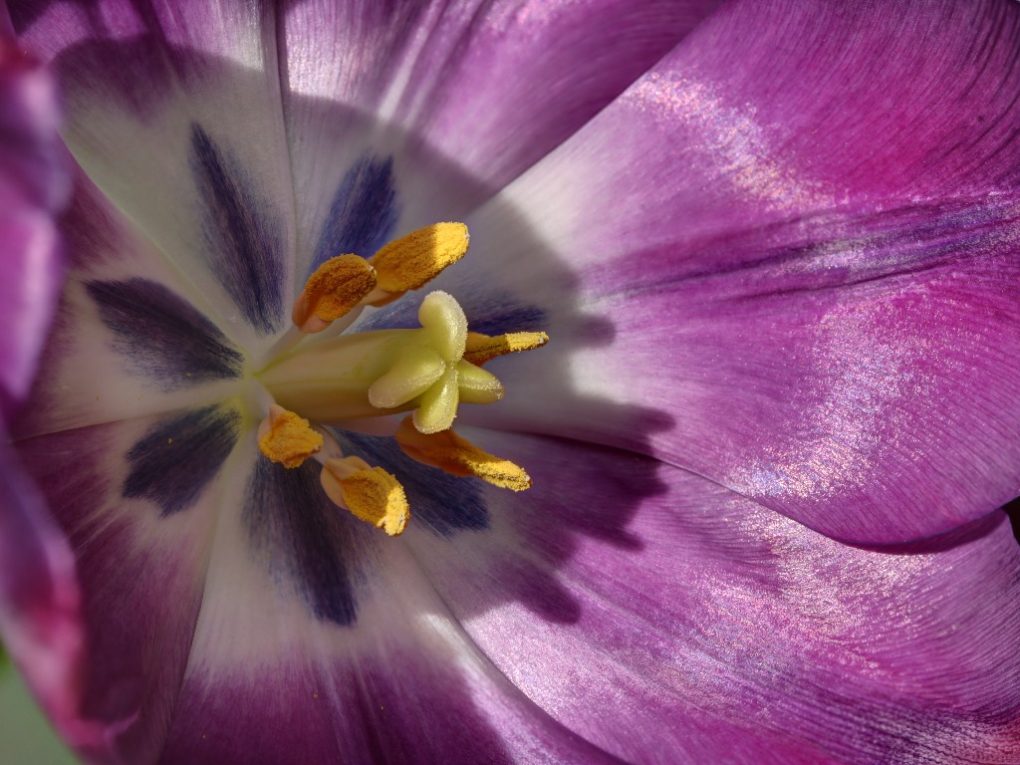Do Tulips Have Sepals: A Botanical Explanation
According to North Dakota State University, tulips do have sepals. Sepals are a part of the flower structure that protects the developing flower bud before it blooms. Tulip flowers have three sepals, usually green, and are located at the base of the flower. When the tulip flower opens, the sepals curl back and are no longer visible.

The sepals are the outermost part of the flower, typically green in color, and located at the base of the petals. In tulips, the sepals are fused and form a protective covering over the flower bud before it opens.
While the sepals of a tulip may not be as noticeable as the petals or stamens, they play an important role in protecting the developing flower and ensuring its successful growth. Understanding the different parts of a tulip can help gardeners and flower enthusiasts appreciate the beauty and complexity of this beloved flower.
Table of Contents
The Role of Sepals in Tulips
Like in all flowering plants, the tulip sepals play a crucial role in protecting the developing flower bud before it blooms. The sepals are the outermost layer of the flower and enclose and protect the petals and reproductive organs as they develop. In tulips, the sepals are usually green and located at the base of the flower.
As the flower bud develops, the sepals protect it from physical damage and environmental stresses such as temperature fluctuations and water loss. Once the flower bud is fully developed and ready to open, the sepals will usually split and curl back, allowing the petals and reproductive organs to be exposed and ready for pollination.

In addition to their protective function, sepals can also play a role in attracting pollinators. Some flowers have brightly colored or patterned sepals that help to attract pollinators such as bees, butterflies, and birds. However, in tulips, the sepals are not usually brightly colored or patterned and do not play a significant role in pollination.
Variations in Sepal Appearance
Sepals can vary in appearance depending on the plant species and even within different cultivars of the same species. For example, in some plants, sepals are brightly colored and can look like petals, making them an important part of the flower’s overall appearance. In other plants, the sepals may be small and inconspicuous.
In tulips, the sepals are usually green and not very showy compared to the colorful petals. However, some tulip cultivars have variegated or striped sepals that add interest and contrast to the overall appearance of the flower.
Sepals may be elongated or fused in other plant species, forming a tube-like structure around the developing flower. This is the case in lilies, where the sepals are fused to form a long, trumpet-like structure called the “perianth tube.”
The Anatomy of a Tulip Flower
Sepals
The sepals of a tulip are the protective outermost layer of the flower. They are typically green and leaf-like in appearance, and they surround and protect the petals and reproductive organs of the flower.
In most tulips, the sepals are similar in appearance to the petals, often called “tepals.” This is because they have evolved to take on a similar shape and color to the petals, which helps to attract pollinators.
Petals

Tulips are known for their vibrant, colorful petals in various shapes and sizes. The petals of a tulip are typically large and showy, with a smooth texture and a glossy finish, arranged in a symmetrical pattern around the center of the flower, with three petals on the top and three on the bottom.
One interesting fact about tulip petals is that they are modified leaves. In most flowers, the petals and leaves are separate structures, but in tulips, the petals have evolved to take on the role of both. This is why tulips are sometimes referred to as having “tepals” instead of petals and sepals.
Stamens
The stamens of a tulip are the male reproductive organs of the flower. They comprise a long, slender filament that supports a small, round anther at the top. The anther is where pollen is produced, which is necessary for fertilization.
Most tulips have six stamens arranged in two rows of three. However, some tulips only have three, while others have up to 12.
Pistil
The pistil of a tulip is the female reproductive organ of the flower, located in the center of the flower, surrounded by the stamens. The pistil comprises three parts: the ovary, the style, and the stigma.
The ovary is the swollen base of the pistil, where the ovules (future seeds) are produced. The style is a long, slender tube that connects the ovary to the stigma. The stigma is a sticky surface at the top of the style that catches pollen grains.

Stigma
The stigma is the female reproductive structure of a tulip flower, located at the top of the pistil, the central part of the flower that contains the ovules or female reproductive cells.
The stigma of a tulip flower is typically a small, rounded structure located at the tip of the pistil. It is usually sticky or hairy and is designed to catch and hold pollen from pollinators, such as bees or butterflies. The stigma is important because it is where pollen grains germinate and grow down the style to fertilize the ovules.
Style
The style is a part of the female reproductive structure of a tulip flower. It is located between the stigma and the ovary, which contains the ovules or the female reproductive cells.
The style of a tulip flower is typically a long, slender tube that connects the stigma to the ovary. The style serves as a conduit for the growth of the pollen tube, which develops from the germinating pollen grain on the stigma and grows down through the style to reach the ovules inside the ovary. The style is essential for the successful fertilization of the ovules, which leads to the development of seeds and, ultimately, the production of new tulip plants.
Ovary
The ovary is the enlarged basal portion of the pistil, the female reproductive part of a tulip flower. The ovary contains the ovules, the female reproductive cells that develop into seeds after fertilization. The ovary is located at the base of the flower, and it is usually a swollen, bulbous structure that is wider than the style and the stigma.
In tulips, the ovary is usually three-celled, and each cell contains one or more ovules. After the pollen tube grows through the style and reaches the ovary, it fertilizes the ovules, which then develop into seeds. The ovary then matures and becomes the fruit of the tulip plant, which contains seeds that can be used to grow new tulip plants.
